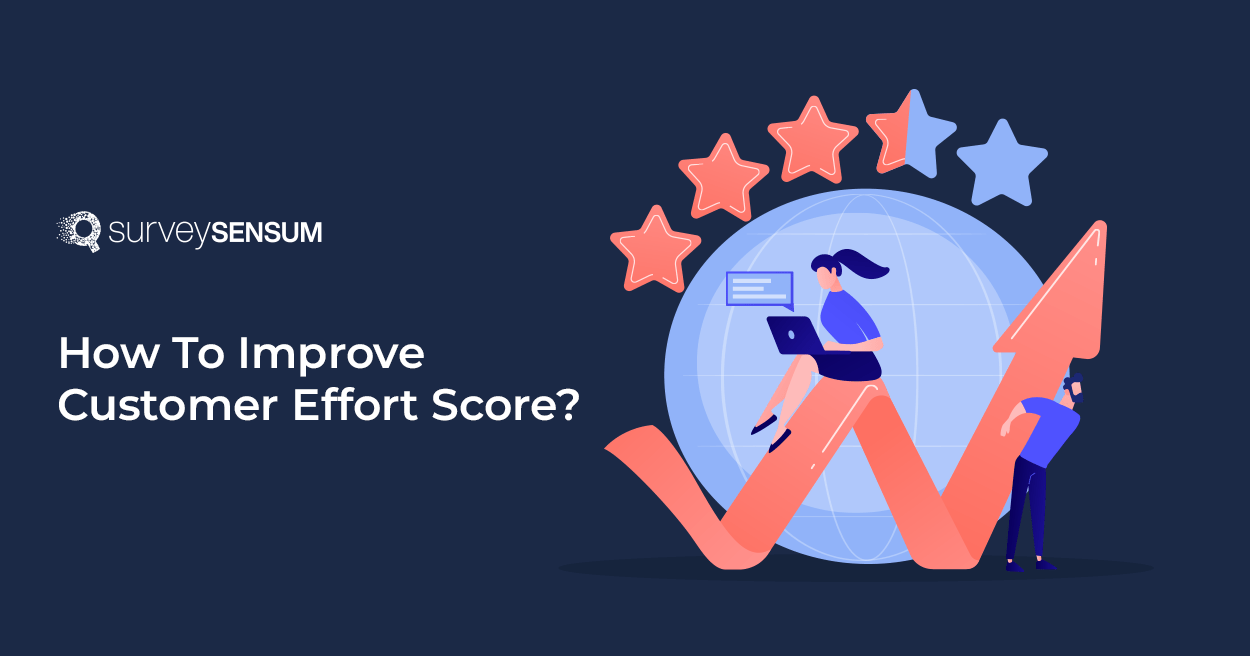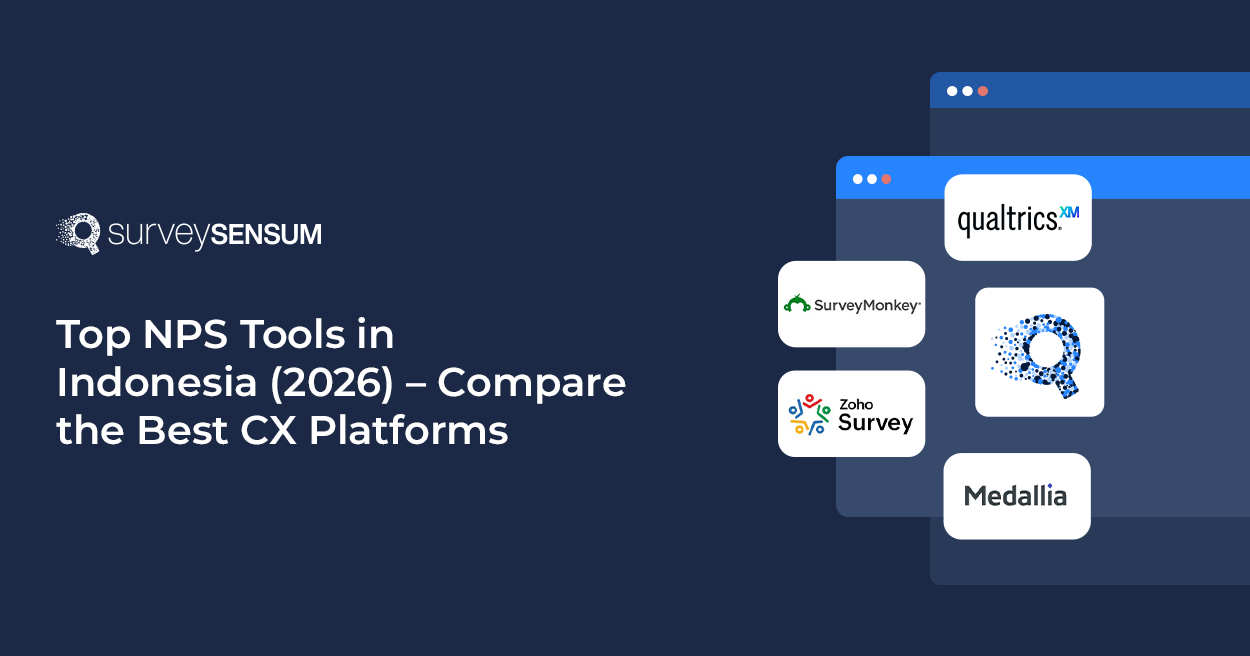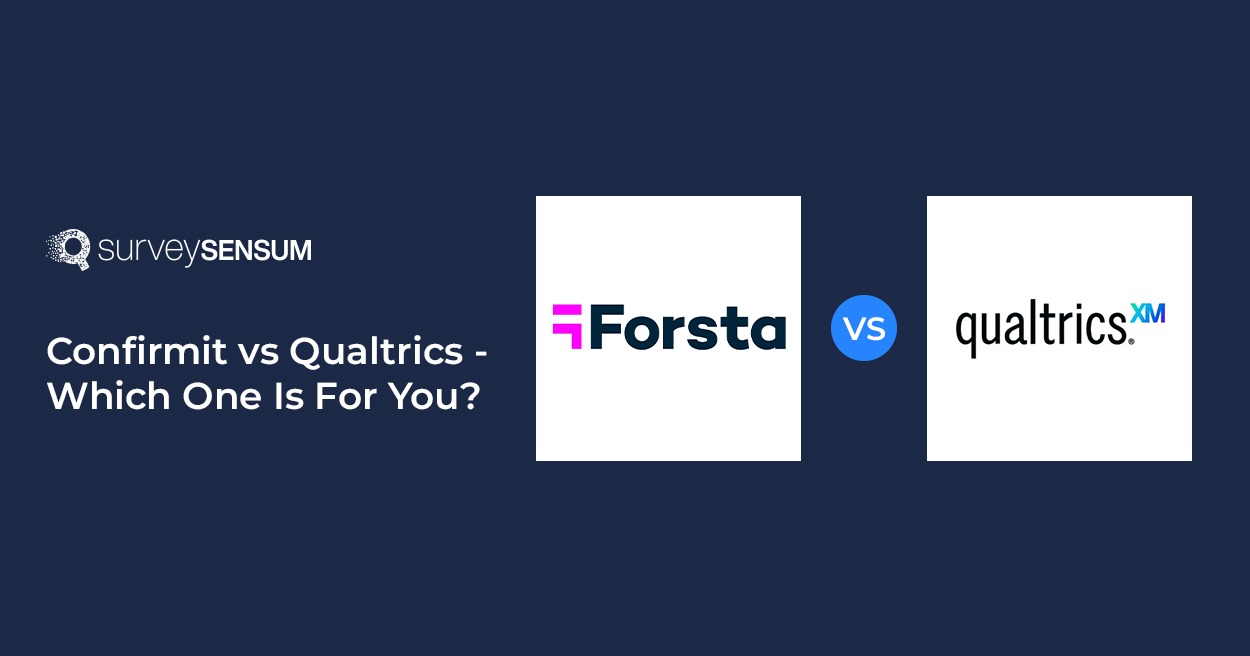

Violet is a tech wizard who just got her hands on a new smart home system. She search the company’s website hoping to find some quick help on how to set things up. But hold up – the support section looks like a maze. After a frustrating search, you finally decide to reach out to customer support. When you finally connect with an agent, they seem as clueless as you are about the issue you’re facing.
Talk about a letdown, right?
The major reason for customer churn lies in the fact that how much effort they had to put in to get a certain product or service and this is usually unknown to the company. Your customer may have received the assistance they wanted but the assistance might have come after a week-long call.
Measuring Customer Effort Score (CES) can help you find out why customers struggle to do business with your company. You can then use this information to improve your product, reduce customer effort, decrease churn, and increase loyalty.
But how to improve customer effort score efficiently? Let us help you with that!
10 Tips To Improve Customer Effort Score
- Ensure Seamless Navigation Throughout the Customer Journey
- Let Your Customers Easily Access You At Every Touchpoint of the Customer Journey
- Improve the Level of Self-Services You are Offering
- Offer Exceptional Support/Service
- Utilize Customer Feedback To Identify Issues And Close The Loop
- Implement Automation in Customer Service
- Optimize Your Mobile Experience
- Train Your Team To Resolve Issues On First Contact Itself
- Use Experience Engineering
- Practice Active Listening
10 Tips To Improve Customer Effort Score
1. Ensure Seamless Navigation Throughout the Customer Journey

If you don’t know the problem how will you solve it, right?
By analyzing your customer’s journey alongside support data, you can identify areas where customers frequently encounter obstacles or get stuck. The next step is to make those points where customers interact better, so things become easier and flow naturally.
For instance, if you see a problem during the checkout process, make it easier for customers. Here’s what you can do:
- Offer guest checkout. It may be tempting to have a database of all those emails, but allowing customers to checkout without an account may create a hassle-free checkout process, especially for first-time customers.
- Make a one-page checkout journey. When the customer can see all their details on one page — from the cart content to the delivery address — it is easier to verify.
- Allow free returns, if possible. Offering free and hassle-free returns can build trust and confidence in your brand, especially for first-time customers.
2. Let Your Customers Easily Access You At Every Touchpoint of the Customer Journey
Your customers want a seamless experience when it comes to the mode of communication. Due to the advancement in technology, customers don’t want to make too many attempts to contact you or move between different channels – they want a seamless experience between all the channels.
For example, Amazon actively engages with its customers and communicates with them at various touchpoints including post-order confirmation, post-payment, and post-delivery. It makes itself available on every channel including chat, call, and email, so that its customers don’t have to. Utilizing tools like a Helium 10 discount code can further streamline communication and enhance customer satisfaction.
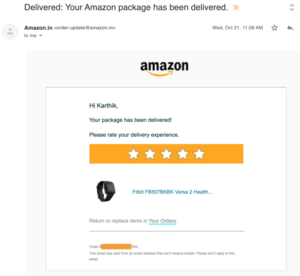
3. Improve the Level of Self-Services You are Offering
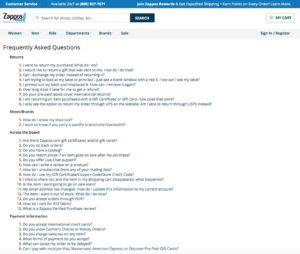
Customers nowadays are self-dependent. They can sign up, place orders, track their orders, understand a product’s specifications, etc on their own. It is imperative that businesses understand the importance of streamlining their self-service options and make their customers explore the brand on their own terms.
Here are some effective strategies on how you can improve your self-service options and make your customers independent:
- Frequently Asked Questions (FAQs) pages: FAQs are one of the first places that customers visit in search of a solution. This page should include answers to the most common questions, regarding topics such as shipping, payments, and returns.
- Knowledge Base: Create a comprehensive knowledge base section that should be easily accessible, and should include self-help articles, video tutorials, references, and engaging video content.
- Community Discussion Forums: Foster a community of customers who can share their experiences, offer solutions, and provide peer-to-peer support.
- AI Chatbots: Implement AI-based chatbots or virtual assistants that can engage with customers in real-time and provide instant responses to common queries.
Additionally, you should ensure that other customer service options, like customer service phone number, email address, etc are easy to locate, and are available via all of their channels. The customer may feel the need to escalate the issue to a different channel, so don’t make it difficult for them to locate this information.
4. Offer Exceptional Support/Service

Customers love it when they can find answers to their questions on their own.
According to the article by Zendesk on self-service, 67% of customers prefer self-service over speaking to a service rep. It’s always much quicker and easier than contacting support.
A reduced response rate is also another factor that contributes to the overall experience of the customers. If your goal is to improve your CES then focus on improving your approach to responding to your customers.
Here are some effective strategies you can consider:
- Automate Routine Tasks: Implement automation tools, such as chatbots or auto-responders, to handle common and repetitive customer inquiries.
- Prioritize Inquiries: Set up a system to prioritize incoming inquiries based on urgency or complexity.
- Utilize Canned Response: Develop a library of pre-written responses to common questions or issues.
- Improve Internal Communication: Enhance communication among support team members and other departments involved in the resolution process.
- Set Clear SLAs: Establish clear Service Level Agreements (SLAs) for response times and ensure your team is committed to meeting these targets.
- Use Customer Service Software: Implement a robust customer service software or ticketing system that organizes and tracks inquiries.
Improve Customer Satisfaction with CES Surveys – Request a Demo
5. Utilize Customer Feedback To Identify Issues And Close The Loop
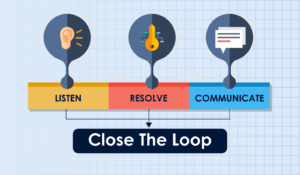
What’s the point of collecting feedback on customer effort if you are not going to take action on it?
Customer feedback is only useful if you take action on it. Here’s how you can do it with help of an efficient CES software:
- Step 1: Start by collecting customer feedback from various sources such as customer surveys, online reviews, social media, and direct interactions.
- Step 2: Identify the common themes, trends, and pain points from thousands of qualitative feedback with Text Analytics.
- Step 3: Prioritize the identified issues based on their severity, potential impact, and alignment with the company’s goals.
- Step 4: Execute the action plan by working on the identified issues. This might involve collaborating with different teams within the organization, making necessary updates to products or services, or refining internal processes.
- Step 5: Once the issues are resolved, it’s crucial to communicate the outcomes to the customers who provided the feedback, hence closing the loop.
Close the Feedback Loop Effectively With SurveySensum – Request a Demo
6. Implement Automation in Customer Service
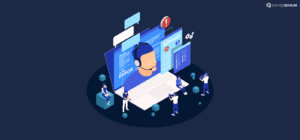
Automation of customer service processes can reduce customer effort significantly.
Implementing automation technologies like, AI chatbots, virtual assistants, etc in customer service can streamline processes, enhance efficiency, and improve the overall customer experience. Here are some effective ways to introduce automation into your customer service operations:
- Chatbots & Virtual Assistants: Implementing a chatbot as the first line of defense in customer support can enable you to give instant responses, guide customers through basic troubleshooting, and direct them to relevant resources, easing the load on the support team.
- Automated Ticketing Systems: Implement ticketing systems that automatically categorize and prioritize customer queries based on predefined criteria. Such a system automatically forwards tickets to the corresponding departments or experts and informs the customer of any status changes.
- CRM Software: Consider using effective CRM software. It allows synchronization of customer data between different departments and provides better service. As a result, customers take less effort to achieve success and are more satisfied. There are plenty of simple CRM software in the market, choose the perfect one for you by knowing your need.
7. Optimize Your Mobile Experience
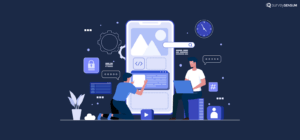
Mobile users are gradually becoming the main target audience for most businesses.
According to the Oberlo research report on Mobile Internet Traffic, in 2022, mobile devices generated 57% of the entire global internet traffic.
Optimizing your resources for mobile is going to earn your customer journey seamless and hassle-free resulting in overall customer satisfaction.
Here’s what you can do –
- Responsive Design: Ensure that your website and app are designed responsively, meaning they adapt seamlessly to different screen sizes.
- Intuitive Navigation: Simplify navigation by organizing content in a logical manner.
- Speed Matters: Optimize images, reduce unnecessary scripts, including support scripts, and leverage browser caching to speed up your mobile site.
- Streamlined Checkout Process: Minimize the number of steps and input fields required for users to make a purchase.
- User-Friendly Forms: If users need to fill out forms, make them as user-friendly as possible. Implement auto-fill options and error-checking mechanisms to minimize typing and frustration.
- Clear Call-to-Actions (CTAs): Make your CTAs prominent and easily clickable on mobile screens. Clearly label them so users understand what action they’re taking.
By optimizing your website’s mobile experience, you’re not just enhancing CES – you’re also meeting the demands of a mobile-savvy audience and showing them that you value their convenience.
8. Train Your Team To Resolve Issues On First Contact Itself

When it takes only one call or chat to fix the problem or get the answer to the question, the customer is satisfied and likely to remain loyal to the brand. This is why the First Call Resolution (FCR) is so important.
Here are a few important factors that can help you in improving your FCR rate:
- Connecting the customer to the right Subject Matter Experts (SMEs) from the very beginning
- Giving the agents enough authority to resolve customer issues independently
- Providing the support agents with complete customer data
- Providing the customer support agents with the right effective tools
In addition, you can increase your FCR by training the support team to be proactive in their communications with customers and try to predict further issues.
For example, if during a support chat, the customer asks to change their billing address, the agent might suggest updating the delivery instructions, too, to keep all data in sync. This can save the customer a second chat and also reduce their effort.
9. Use Experience Engineering
Having a product with no friction is a dream every company dreams of and as much as we try to eliminate friction in the product, sometimes issues come up that require effort to resolve.
But this can also be optimized. How?
For instance, when a customer contacts support about a difficult issue, support agents can reduce the perceived effort.
Perceived effort refers to how difficult a customer feels the experience is. While the outcome might be entirely the same, great support agents can make a difficult experience feel effortless through experience engineering.
Instead of letting customers figure it out by themselves, great customer support agents guide the customer to a resolution. Here’s what that might look like.
Customer Carl: I really need to upload this picture to your site, but I’m getting an error message.
Support Agent Hannah: Ah yes, I can see that the image isn’t in the right format. I’ve converted it to a JPG and attached it to this email so you can go ahead and get it uploaded now.
Notice that Hannah didn’t leave the customer to figure out what their next steps were, which could have been – changing formats. How do I do that?
Instead, she took control, chose a different format, and helped the customer through the experience.
Experience engineering involves proactively guiding customers through interactions, anticipating their emotional responses, and offering preemptive solutions to create mutually beneficial outcomes. This is, essentially, a Jedi mind trick.
10. Practice Active Listening
Active listening is a fundamental communication skill that plays a vital role in improving Customer Effort Score (CES) and overall customer satisfaction.
It involves fully concentrating, understanding, responding, and remembering the information provided by the customer during interactions. Train your support team to actively listen to customers, demonstrating empathy and understanding of their concerns.
Additionally, this can help uncover unspoken concerns or underlying issues that customers may not explicitly express. By actively engaging with customers and asking relevant questions, support agents can uncover hidden problems and address them comprehensively.
The practice of active listening goes beyond resolving immediate issues; it also focuses on building trust and rapport between the customer and the support agent. When customers feel heard and understood, they are more likely to trust the support provided and become more loyal to the brand.
Conclusion
Improving the customer effort score is an important objective for brands seeking to deliver exceptional customer experiences.
When you improve your Customer Effort Score (CES), you create a more streamlined and frictionless customer experience. By reducing the effort customers need to invest when interacting with your brand, whether through purchasing, seeking support, or navigating your services, you enhance overall satisfaction.
This results in increased customer loyalty, higher retention rates, and positive word-of-mouth referrals – ultimately driving sustainable growth for your business.
For this, invest in an effective CES software like SurveySensum that can help you in launching customized CES surveys, identify touch points with the most friction, and top customer sentiments from thousands of feedback.






